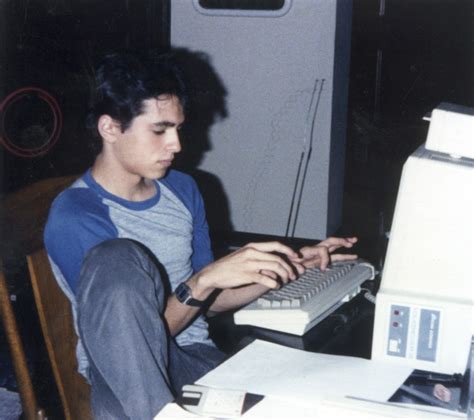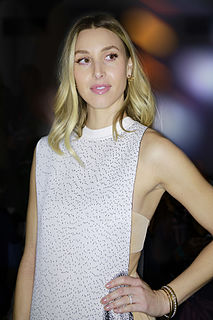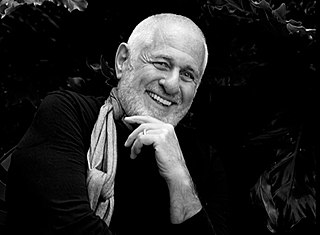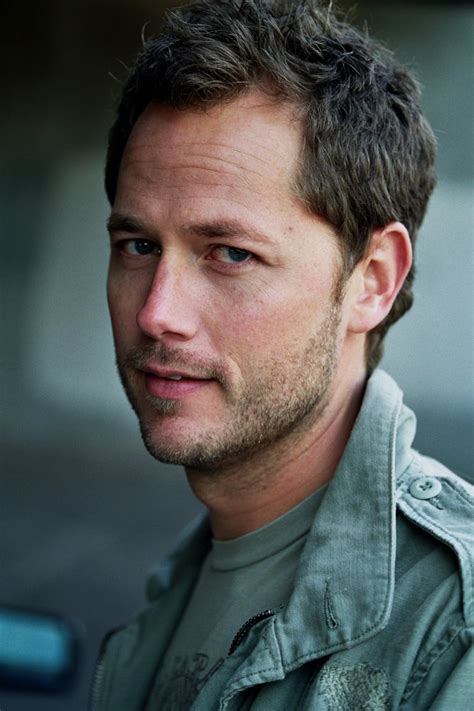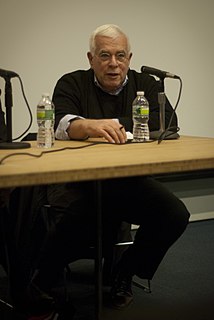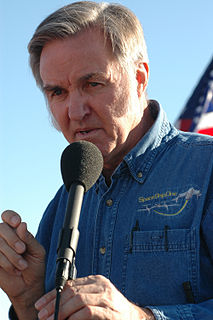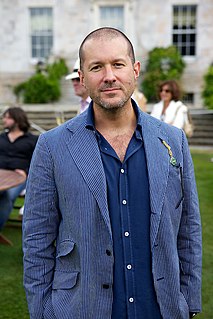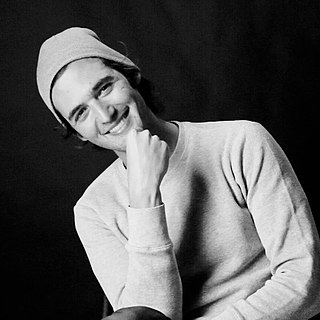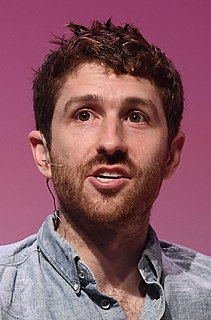A Quote by John Sculley
Everything at Apple can be best understood through the lens of designing. Whether it's designing the look and feel of the user experience, or the industrial design, or the system design, and even things like how the boards were laid out.
Related Quotes
To design things means to interfere with things: to think of how they might be and to alter how they are. Design is to making as writing is to speech: it is an ordinary physical activity pushed to a conscious edge. That interference with the given world can still be founded on admiration. Where it is not, what is the point of designing at all?
My opening line to my students, and a recurring theme in my classes, was that the big design problem isn't designing a house for your parents or yourself, a museum, or a toaster, or a book, or whatever. The big design problem is designing your life. It's by the design of your life that you create the backboard off which you bounce all your thoughts and ideas and creativity. You have to decide what it is that you want to do each day.
I like to question the minutia, to get to the essence of things. The minutia of life is all about design. It's about the design of how you talk to another human being; it's the design of speech; it's the design of everything we do. We need to be better at listening, and we need to aim more directly at understanding and being understood.
I ended up going to do a matches program at the state for industrial design. And from there, I got hired at IDEO to joint their design team there - and basically, you are starting as an industrial designer to design products - and then kept asking the question, 'What else can design accomplish? What else can design do?'
Airplanes were invented by natural selection. Now you can say that intelligent design designs our airplanes of today, but there was no intelligent design really designing those early airplanes. There were probably at least 30,000 different things tried, and when they crash and kill the pilot, don't try that again.

